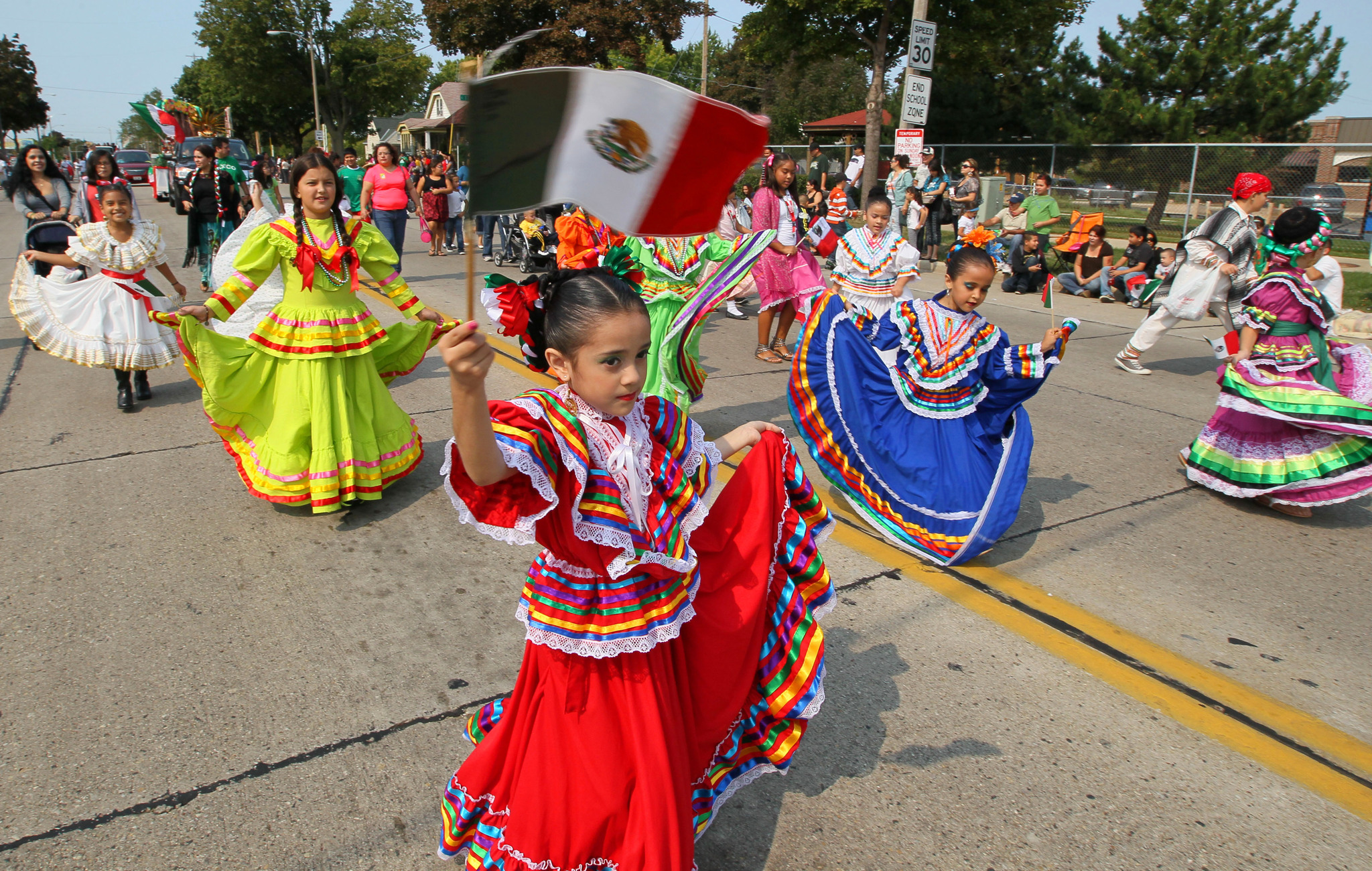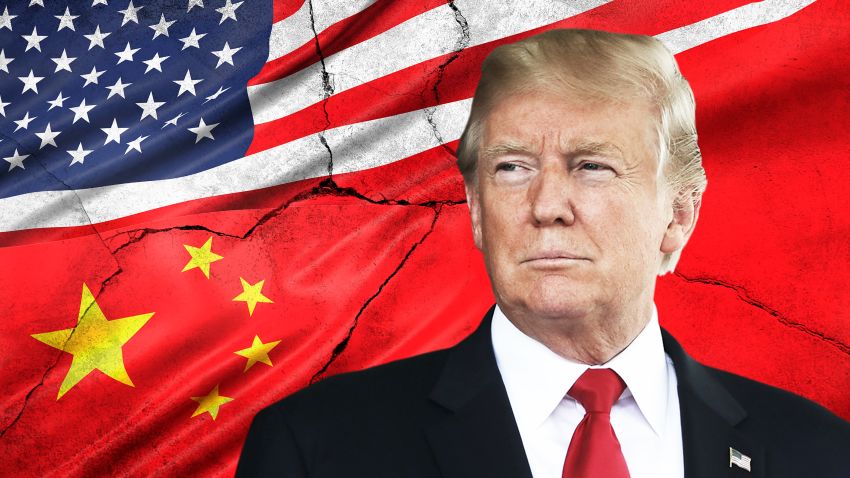Celebrating Independence Day: Traditions, History, And Significance

Table of Contents
Independence Day! The very words conjure images of vibrant fireworks displays, lively parades, and joyous family gatherings. It's a day filled with widespread patriotism and a collective celebration of freedom, a day deeply rooted in American history and tradition. This Independence Day, let's delve into the rich tapestry of this national holiday, exploring its historical context, modern traditions, and enduring significance. We'll uncover the fascinating evolution of Independence Day celebrations, from their humble beginnings to the spectacular events we witness today.
A Look Back: The History of Independence Day
The Revolutionary War and Declaration of Independence
The story of Independence Day begins with the American Revolution, a pivotal moment in American history. The thirteen colonies, weary of British rule and taxation without representation, fought for their independence. Key figures like George Washington, Thomas Jefferson, and Benjamin Franklin played instrumental roles in this struggle. The Declaration of Independence, a powerful document declaring the colonies' separation from Great Britain, was adopted on July 4, 1776, marking the birth of a new nation.
- Key Dates: 1775 (Start of the Revolutionary War), July 4, 1776 (Adoption of the Declaration of Independence), 1783 (Treaty of Paris, officially ending the war).
- Key Battles: Battles of Lexington and Concord, Battle of Bunker Hill, Battle of Saratoga, Battle of Yorktown.
- Founding Fathers: George Washington, John Adams, Thomas Jefferson, Benjamin Franklin, James Madison, and many others. The significance of July 4th lies in its official adoption of the Declaration, marking the formal beginning of the United States of America as an independent nation.
Early Independence Day Celebrations
Early Independence Day celebrations differed significantly from the large-scale events we see today. Colonial-era celebrations often involved church services, public readings of the Declaration of Independence, and patriotic displays. These early celebrations laid the groundwork for the traditions we cherish today.
- Unique Customs: Town meetings, militia parades, and bonfires were common occurrences.
- Evolution of Meaning: The meaning of Independence Day evolved over time, shifting from a primarily political event to a more inclusive national holiday representing freedom and liberty for all. These early celebrations, though smaller in scale, set the stage for the widespread and diverse commemorations we see in the modern era.
Modern Independence Day Traditions
Parades and Fireworks
Perhaps the most ubiquitous symbols of modern Independence Day celebrations are the vibrant parades and spectacular fireworks displays. From small town parades with local marching bands to large-scale events attracting thousands of spectators, these displays showcase community spirit and patriotism. Fireworks displays, with their dazzling pyrotechnics, illuminate the night sky in a breathtaking spectacle.
- Types of Displays: Community fireworks shows, large-scale professional displays, private backyard fireworks (where permitted).
- Economic Impact: These events boost local economies, supporting businesses involved in tourism, hospitality, and entertainment.
Barbecues, Picnics, and Family Gatherings
Independence Day is also a time for family and community bonding. Barbecues, picnics, and other outdoor gatherings are a cornerstone of modern celebrations. These events bring people together, fostering a sense of belonging and shared national identity.
- Food and Activities: Classic American barbecue fare, outdoor games, swimming, family reunions, and community potlucks are all common occurrences.
- Community Bonds: These gatherings strengthen community ties and reinforce a sense of belonging within the larger American community.
Patriotic Decorations and Symbols
Patriotic decorations are another key feature of modern Independence Day celebrations. The American flag, bunting, balloons in red, white, and blue, and other national symbols adorn homes, businesses, and public spaces. Proper display of the American flag is a sign of respect and patriotism.
- Types of Decorations: Flags, banners, streamers, patriotic clothing, themed decorations, and yard signs.
- Flag Etiquette: Properly displaying the American flag, such as not letting it touch the ground or placing it above any other flag, is important to demonstrate respect for the nation.
The Significance of Independence Day
Celebrating Freedom and Liberty
At its core, Independence Day is a celebration of freedom and liberty. It commemorates the ideals enshrined in the Declaration of Independence: life, liberty, and the pursuit of happiness. These values remain at the heart of American identity and continue to shape the nation’s aspirations.
- Importance in a Democratic Society: These values underpin a functioning democracy, emphasizing individual rights and freedoms.
- Contemporary Relevance: The ongoing struggle for equality and justice underscores the enduring significance of these ideals, reminding us to continuously strive for a more perfect union.
Reflecting on History and Progress
Independence Day is also an opportunity for reflection. It's a time to look back at the nation's history, acknowledging both its triumphs and its shortcomings. We can reflect on the progress made toward a more just and equitable society and acknowledge the challenges that still lie ahead.
- Areas of Progress: The Civil Rights Movement, the women's suffrage movement, and ongoing efforts towards social justice represent significant progress.
- Challenges that Remain: Systemic inequalities, social injustices, and ongoing struggles for equality require continued commitment and action.
Conclusion
Independence Day is more than just a public holiday; it's a multifaceted event combining historical reflection with vibrant celebrations. It's a day to honor the sacrifices made by those who fought for the nation's independence, to celebrate the freedoms we cherish, and to reflect on the progress we've made while acknowledging the challenges that remain. This Independence Day, let's remember the significance of this important holiday, appreciate the rich traditions that have shaped it, and work together to build a stronger and more inclusive nation. This Independence Day, take time to honor the nation's history and celebrate the freedoms we cherish. Join your community in celebrating Independence Day!

Featured Posts
-
 Spike Lee And Denzel Washington Team Up First Teaser Revealed
May 06, 2025
Spike Lee And Denzel Washington Team Up First Teaser Revealed
May 06, 2025 -
 Who Is Mindy Kaling Dating Now A Complete Relationship Timeline
May 06, 2025
Who Is Mindy Kaling Dating Now A Complete Relationship Timeline
May 06, 2025 -
 Trumps Trade War A Closer Look At Its Effects On Us Manufacturing
May 06, 2025
Trumps Trade War A Closer Look At Its Effects On Us Manufacturing
May 06, 2025 -
 Hetimi I Spak Kontrolli I Baneses Se Motrave Nikolli
May 06, 2025
Hetimi I Spak Kontrolli I Baneses Se Motrave Nikolli
May 06, 2025 -
 Could Ayo Edebiri Write And Star In A Live Action Barney Film
May 06, 2025
Could Ayo Edebiri Write And Star In A Live Action Barney Film
May 06, 2025
